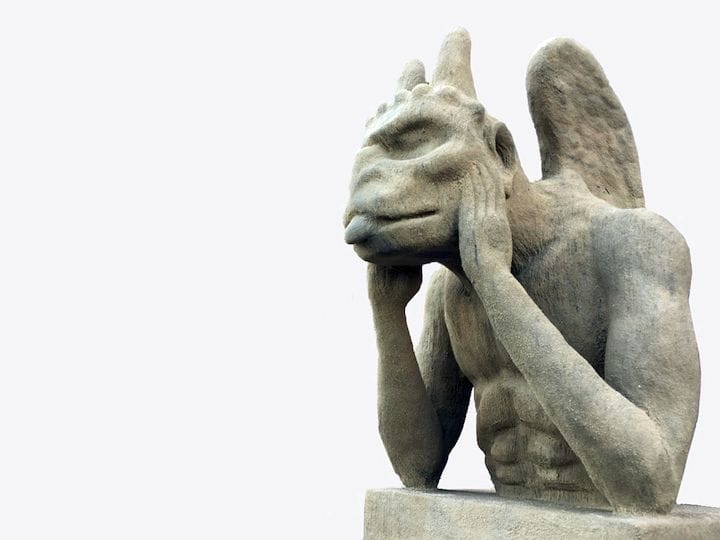![A 3D printed gargoyle [Source: Dezeen]](https://fabbaloo.com/wp-content/uploads/2020/05/image-asset_img_5eb09885aac85.jpg)
The recent fire at Notre Dame in Paris was certainly a tragedy, but it also hints at the future of 3D printing.
While investigators attempt to determine the cause of the unfortunate blaze, and engineers determine the extent of the damage and develop a plan to restore the building to its former glory, there are others who are thinking of new ways to do so.
In a report in dezeen, a Netherlands-based company, Concr3de, proposes to use 3D printing to assist in the reconstruction efforts. Concr3de has developed a method of 3D printing stone-like objects and they believe they could reproduce some of the sculptures that were destroyed in the disaster.
There are some advantages in doing so, including an ability to reproduce the objects nearly identically to the originals. Another advantage is the ability to use new materials in the project. Apparently, the limestone used in the original sculptures is no longer available, as the source mine is now covered by urban buildings. Any thoughts of reconstructing the sculptures would then be forced to use alternative materials anyway.
This would only be possible if detailed 3D scans of these sculptures existed. It turns out that such scans were in fact taken. They can then be used to reconstruct the statues using several different manufacturing techniques, including 3D printing.
Concr3de’s stone 3D printing equipment likely doesn’t have sufficiently large build volume to recreate the sculptures in single prints. However, that’s not the big challenge because these sculptures could be segmented into smaller pieces, printed, and then assembled afterwards. Some of the original sculptures would have undergone the same segmentation.
This is merely a proposal at this stage, and obviously we are not yet very deep into the reconstruction project; engineers are still determining what must be done, let alone how it should be done.
Whether this project uses 3D printing in this manner is yet to be determined, but clearly this approach will only increase in frequency in the future. That suggests some important actions be taken by building owners.
That action would be to obtain detailed 3D scans of the building. We’ve seen that Notre Dame will likely benefit significantly from the scans that had been taken of that structure, so other building owners should consider doing the same.
There’s an interesting parallel taking place here. You may recall our previous posts regarding the catastrophic fire at the Brazilian Museum, which destroyed virtually all of its artifacts. At that time we strongly recommended that museums worldwide swiftly pursue 3D scanning of their collections to ensure they have something in case of disaster.
Now it seems clear that museums, and other buildings of note, should not only 3D scan their contents, but also the buildings themselves.
Wherever you are in our world, think about the critical buildings and collections in your region. Ask yourself what would happen if they were destroyed. Would you feel better if you knew there were 3D scans available?
Via Dezeen











Anna Shcherbinina has been working at Artec 3D for nine years.